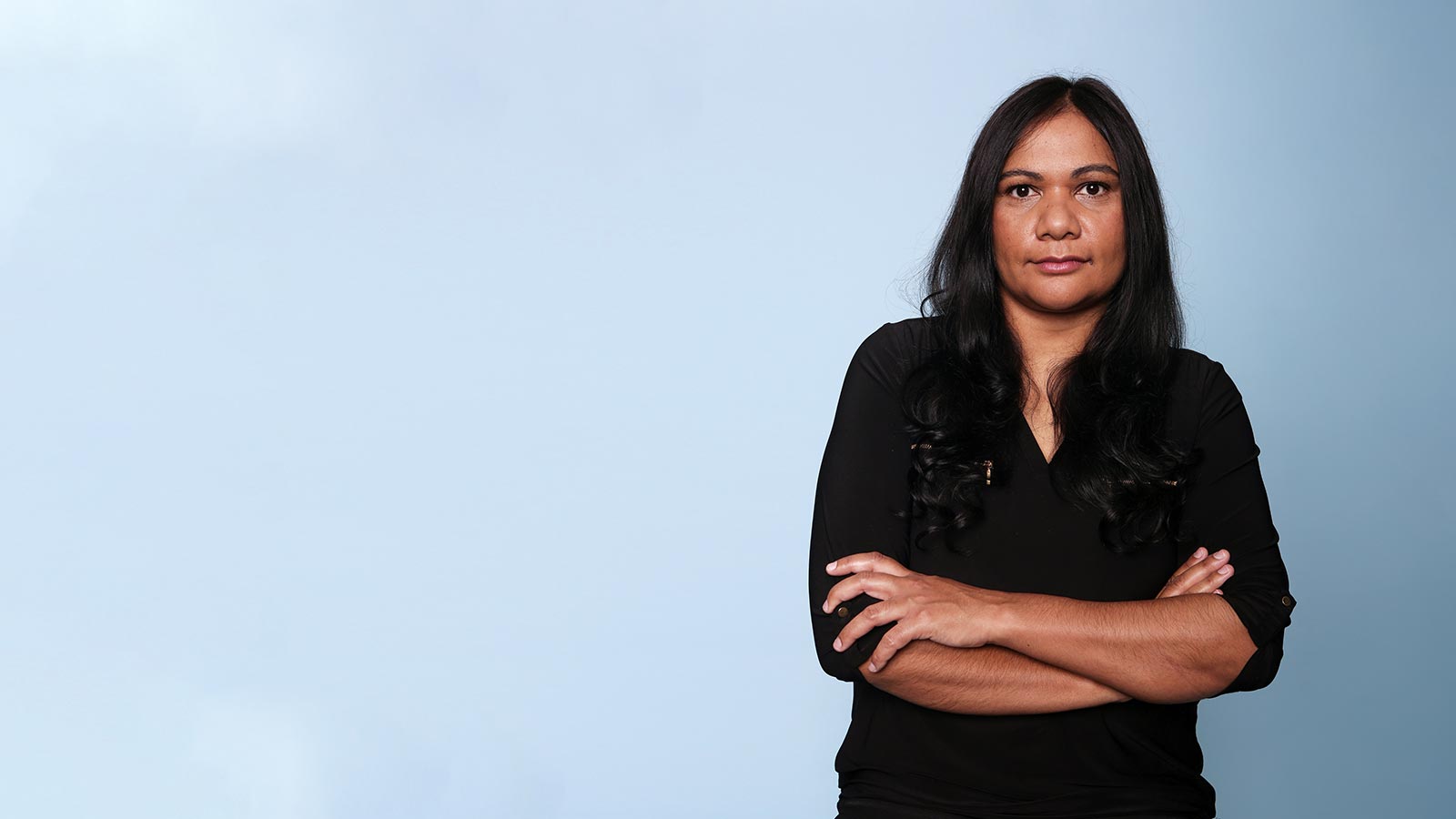When you borrow money to buy a car or other goods, that loan is often secured against an asset (for example, the car). If you fall behind on your repayments, the lender may take the asset back (called 'repossession') and sell it.
In this situation, the faster you act, the more chance you will have of keeping your car or goods.
If you receive a default notice, do not ignore it. Talk to your credit provider or get free legal advice immediately.
When your car or goods can be repossessed
A credit provider (lender) can't repossess your car or goods without a court order if you owe less than:
- $10,000, or
- 25% of your loan (whichever is lower)
If you owe more than this, they can repossess your car or goods, but only if:
- you're behind on repayments, and
- they have sent you (and your loan guarantor, if you have one) a notice giving you 30 days to pay the overdue amount, and
- the 30 days have passed and you haven't paid this amount, or made an arrangement to pay, or asked to postpone repossession
Your car can't be repossessed if it's parked on your property — this includes your garage and yard. If your car is parked on the street, it can be towed away.
Credit providers can only come onto your property with your written consent or with a court order.
What to do to avoid repossession
Act quickly and you may be able to avoid repossession. You can:
Pay the amount owing
This can be either:
- the overdue amount, or
- the full amount owing
Ask for a hardship variation
If you're willing to pay back the loan but don't have the money, ask your credit provider for a hardship variation. They may offer you:
- extra time to pay
- a payment plan based on what you can afford
- other options to help you repay the money
You can also ask your credit provider to postpone legal action.
Make a complaint
If you can't reach an agreement, contact the Australian Financial Complaints Authority (AFCA) to make a complaint and get free, independent dispute resolution.
Get your car or goods back after repossession
If you want to get your car or goods back, it's important to act quickly.
Within 14 days of it being repossessed, the credit provider must send you a notice including:
- the estimated value of the goods
- the cost of the repossession, plus any ongoing costs
- a statement of your rights under consumer credit law
For 21 days after sending that notice, the credit provider can't sell your car or goods. You have a chance to get it back if you pay:
- the overdue amount (plus costs), or
- the full amount owing
During those 21 days, you might find someone who will buy the car or goods for at least the estimated value. If you do, give the buyer's details to the credit provider in writing.
If your repossessed car or goods have been sold
If you don't pay or make other arrangements during the 21-day period, the credit provider can sell the car or goods. They have to sell it for the best possible price.
After it's sold, the credit provider will write to you stating:
- how much it sold for
- how much it cost to repossess and sell it
- any outstanding balance (the amount you still owe)
If there's an outstanding balance, you need to pay it immediately. If you're in financial hardship, ask the credit provider to set up a repayment plan.
Where to get help
Talk to a financial counsellor
Financial counsellors offer free, independent and confidential help to people with money problems. They may also negotiate with your credit provider for you.
Call the free National Debt Helpline on 1800 007 007. The helpline is open Monday to Friday, 9:30am to 4:30pm. Or live chat, Monday to Friday, 9:00am to 8:00pm.
Get free legal advice
If you're facing legal action, you can get free legal advice from community legal centres and Legal Aid agencies.

Eva's car is repossessed
Eva takes out a personal loan to buy a new car. When she loses her job, she falls behind on repayments and the bank repossesses her car.
The bank estimates the car's value at $15,000. Her parents offer to buy it at that price. So, with Eva's agreement, the bank sells the car to them.
With repossession and sale costs, the outstanding balance on the loan is $18,000. After the $15,000 from the sale is deducted, Eva still has to pay the bank $3,000.